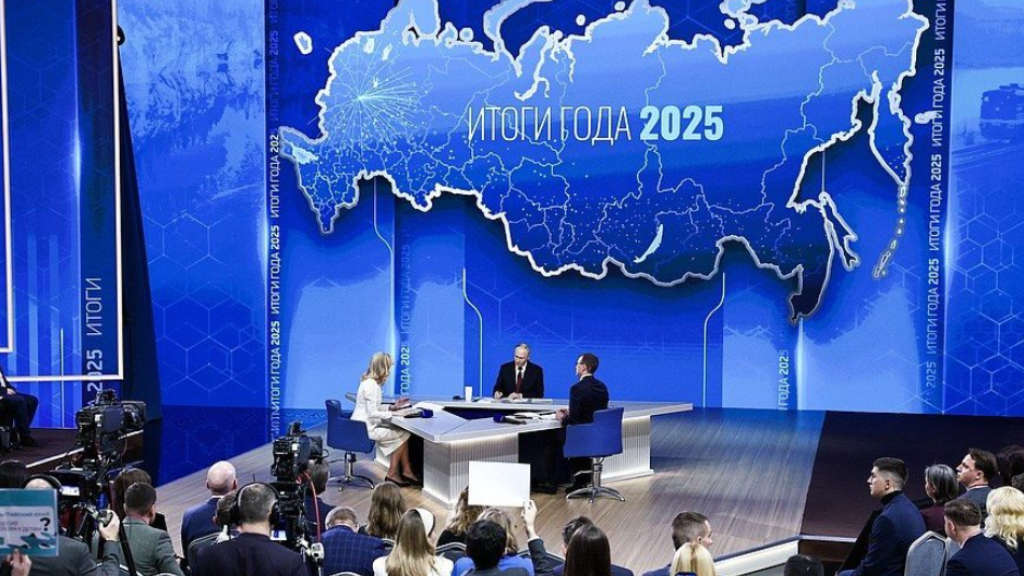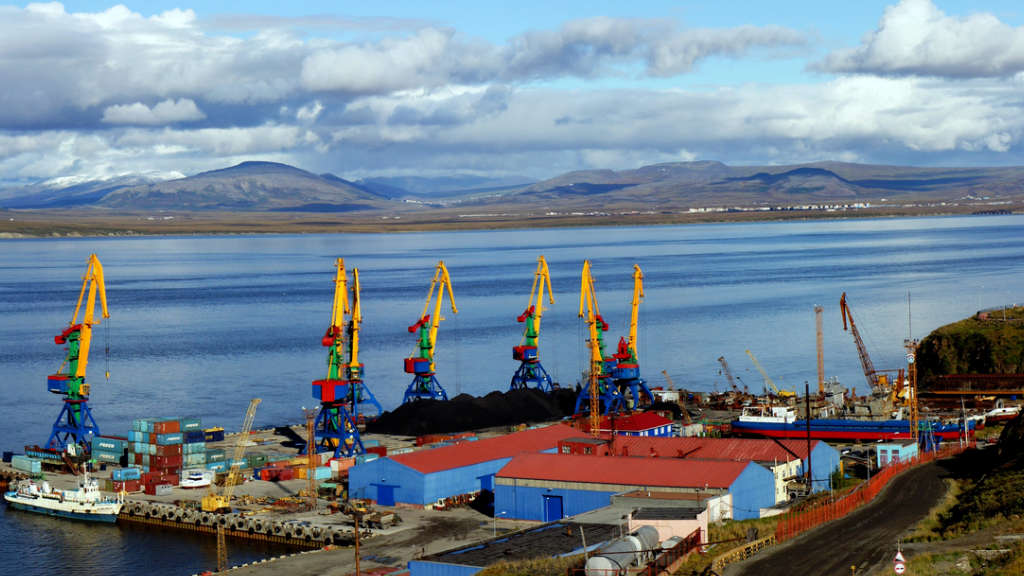Colombia intends to join the BRICS New Development Bank (NDB) in 2025, according to Hector Arenas Neira, Colombia’s Ambassador to Russia. Neira said that the decision on this issue was made after talks with NDB head Dilma Rousseff, saying that “the decision has been made. Our president met with the president of the BRICS bank, Dilma Rousseff, in Shanghai. Colombia will join very soon because the NDB is open to all countries. We do not have to be part of BRICS to join it. On the contrary, the bank provides access to economic resources and loans for infrastructure projects. I do not know the details, but it will happen soon.”
The process of Colombia joining the New Development Bank of BRICS was initiated by the Colombian President Gustavo Petro on May 16. He said, “The project that has had the greatest impact on the New Development Bank is the 120-kilometer rail and canal connection between the Pacific and Atlantic Oceans that Colombia can build by simply connecting the Gulf of Urabá to Cupica. It could bring together all of Atlantic South America.”
This proposed railway project, also known as the Turbo-Cupica Interoceanic Rail Corridor, aims to create a faster and more efficient route for transporting maritime containers, offering an alternative to the Panama Canal.

Once Colombia joins the NDB, it will be able to receive preferential loans for the implementation of projects in infrastructure, renewable energy, healthcare and other areas important for sustainable development. Colombia is ready to invest US$512.5 million in the bank’s capital, of which US$102.5 million will be paid in a lump sum, and another US$410 million as requested by the financial institution.
Colombia is not currently a member of the BRICS group but has expressed interest in joining. Latin American countries are showing enthusiasm for the NDB, especially against the backdrop of increasing trade duties by the United States. The NDB does not put forward political conditions for issuing loans to countries, unlike institutions such as the World Bank (WB) and the International Monetary Fund (IMF).
The Colombian government is looking for alternatives to the International Monetary Fund and the World Bank to solve its financial problems and subsidize development projects. The advantage of the NDB is that it does not impose political conditions on countries for issuing loans. Latin American countries are looking at the experience of neighbouring Argentina, which has been conducting long-term negotiations with the IMF on changing its terms of debt repayment, and are beginning to view the IMF negotiations with some caution.
As another alternative, Colombia recently joined China’s Belt and Road Initiative, with China previously financing other national infrastructure projects, including constructing the first line of Bogotá’s subway.
A gradual increase in the number of member states will allow the NDB to increase its weight among global and regional multilateral development banks. This will also provide an opportunity to more actively promote the financial and economic agenda in the interests of both Russia and developing countries in general.
According to Russian President Vladimir Putin, the NDB should become one of the main investors in the largest technological and infrastructure projects in the BRICS and the Global South. He noted that although the NDB already represents an alternative to a significant number of Western financial mechanisms, it will be developed “without opposing anyone”.
BRICS 2025 will take on a decidedly Latin flavour with the annual Heads of State meetings scheduled to be held in Rio de Janeiro on July 6-7.
Further Reading





